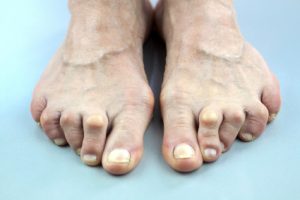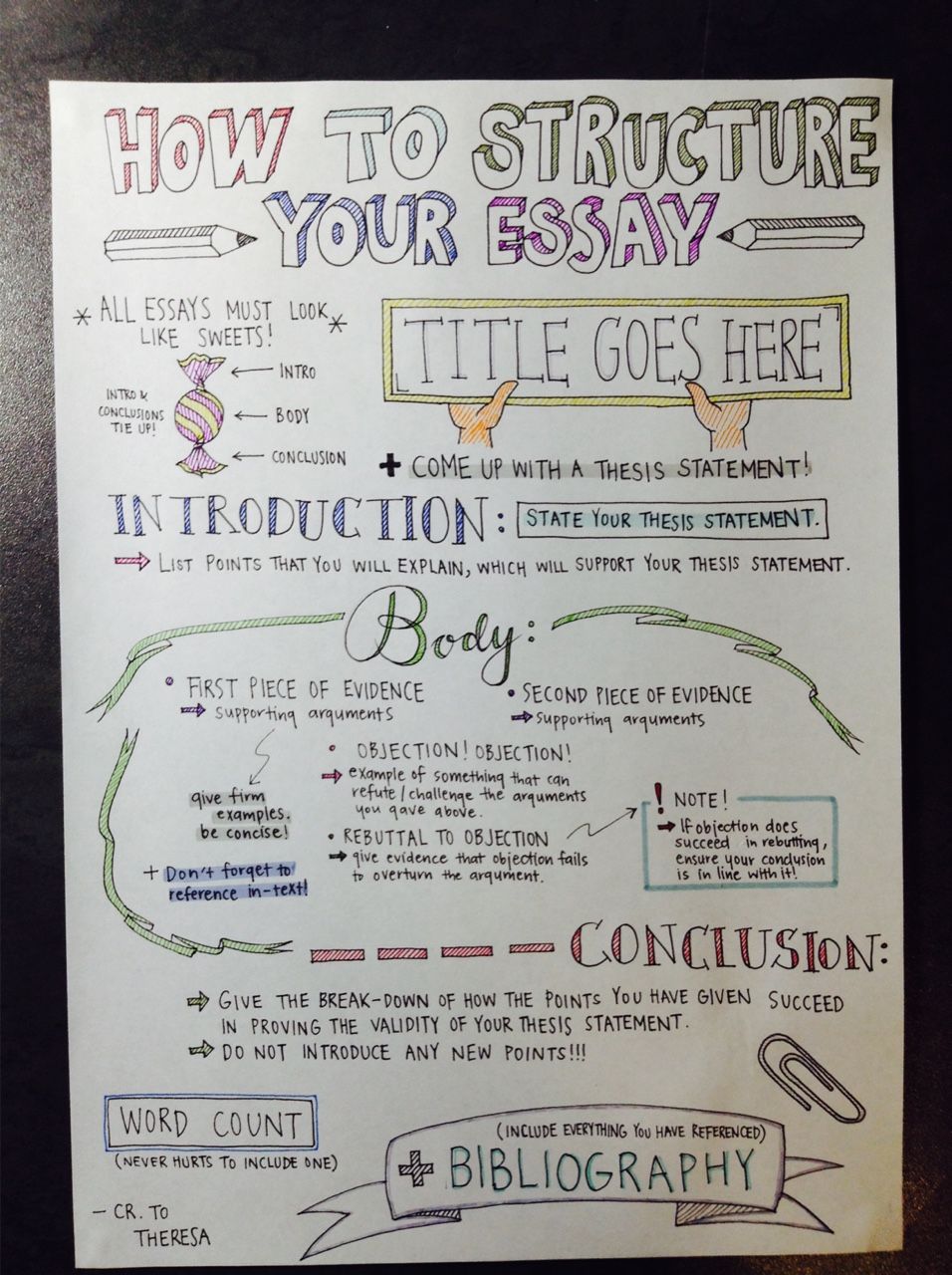
Degenerative rheumatoid arthritis reconstruction
Degenerative rheumatoid arthritis reconstruction
Problems Associated with Rheumatoid Arthritis
Rheumatoid arthritis is a disease that affects 0.3 percent to 1.5 percent of the general population. Foot deformities are a major source of pain and disability. The frequency and degree of problems are directly related to the disease duration (i.e., the longer the disease, the greater the deformity).
A typical patient with rheumatoid forefoot disease may have components of hallux valgus (bunion deformity), metatarsalgia (pain over the ball of foot with loss of fat pad) and hammertoe deformities. There may be painful thick callous areas under the ball of the foot or on the tops of the toes.

|
Multiple toes deformity and painful callus |
Conservative Treatment
There are generally two options available for severe forefoot deformities. The initial treatment is conservative and involves working with a pedorthist. The pedorthist can modify existing shoewear or customize shoes and inserts to relieve pressure of prominent metatarsal heads, support unstable joints and provide room to accommodate the deformities. Orthotics and extra-depth shoes are often quite helpful and can provide excellent long-term relief.
Surgical Treatment
The most common surgical intervention to correct forefoot deformities and many a times first metatarsophalangeal arthrodesis (surgical stiffening of the joint). In essence, the bunion deformity is removed and the great toe fused, while the lesser toes are straightened.
Post-surgical Results
The results of surgical forefoot reconstruction are generally very good to excellent.Pain, limitations of activity and annoyance of the appearance of the foot are overwhelmingly improved after surgery. Patients might still require comfortable shoes with or without inserts post-operatively. The best results are obtained in patients with lower physical demands.
ALSO READ


How To Choose The Ideal Paper Writing Service
Posted On 24 May 2023
When you use a paper writing service, then you are picking a company that's devoted to your needs. They are…
APA Live Chat – The Way I Could Write My Paper?
Posted On 8 May 2023
If you've got a big test coming up and you need to have it done on time, and then you…
How to Write My Paper Cheaply
Posted On 7 May 2023
There are many ways to compose my paper inexpensively. In fact, some approaches can actually save money for the writer.…
Posted On 4 May 2023
Have Fun and Enjoy a Fun Way to Enjoy your time at home by playing free slots at the casino…
How to Write My Essay About Writing Sample Papers
Posted On 23 Apr 2023
Are you worried about how to write my own article? I understand, it's somewhat intimidating when you first begin learning…

College Application Essay Writing Service Voucher Reddit.com
Posted On 12 Apr 2023
This will suggest having a apparent being familiar with of the supply material or the subject and sticking shut to…

Quality Custom Essay Writing Service Reddit.com
Posted On 12 Apr 2023
Many universities present distinctive deals with savings which you could uncover fascinating. This way you will hardly ever free the…
Reddit Custom Essay Writing Service For Cheap
Posted On 12 Apr 2023
The Looming Questions: Will the reserve be a accomplishment or not? How considerably would this maximize your composing money? Now,…
Reddit Essay Writing Service Atlanta Ga
Posted On 11 Apr 2023
Pretty much as vital as firm any time you are producing essays, is concept generation. Nothing at all will kill…
Reddit.com Persuasive Essay Writing Service Online
Posted On 11 Apr 2023
As aspect of the organizing for faculty admissions, a timeline ought to be established in progress. Consequently, your site visitors…